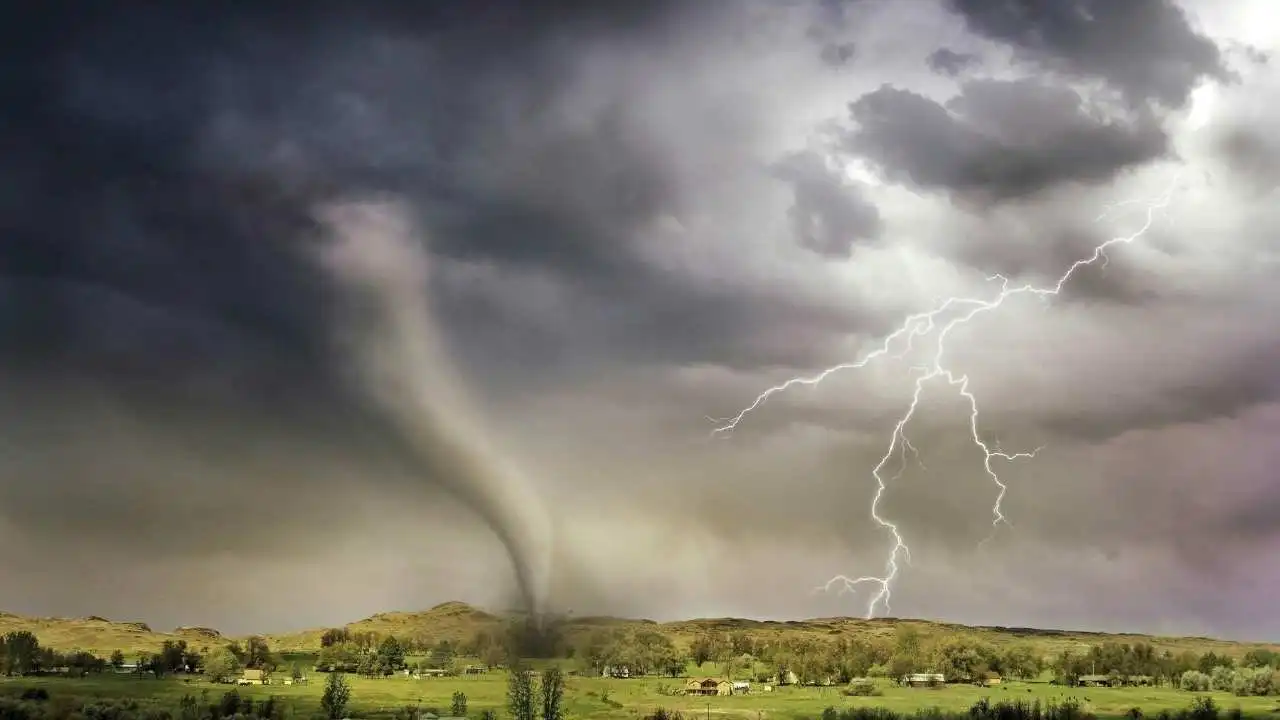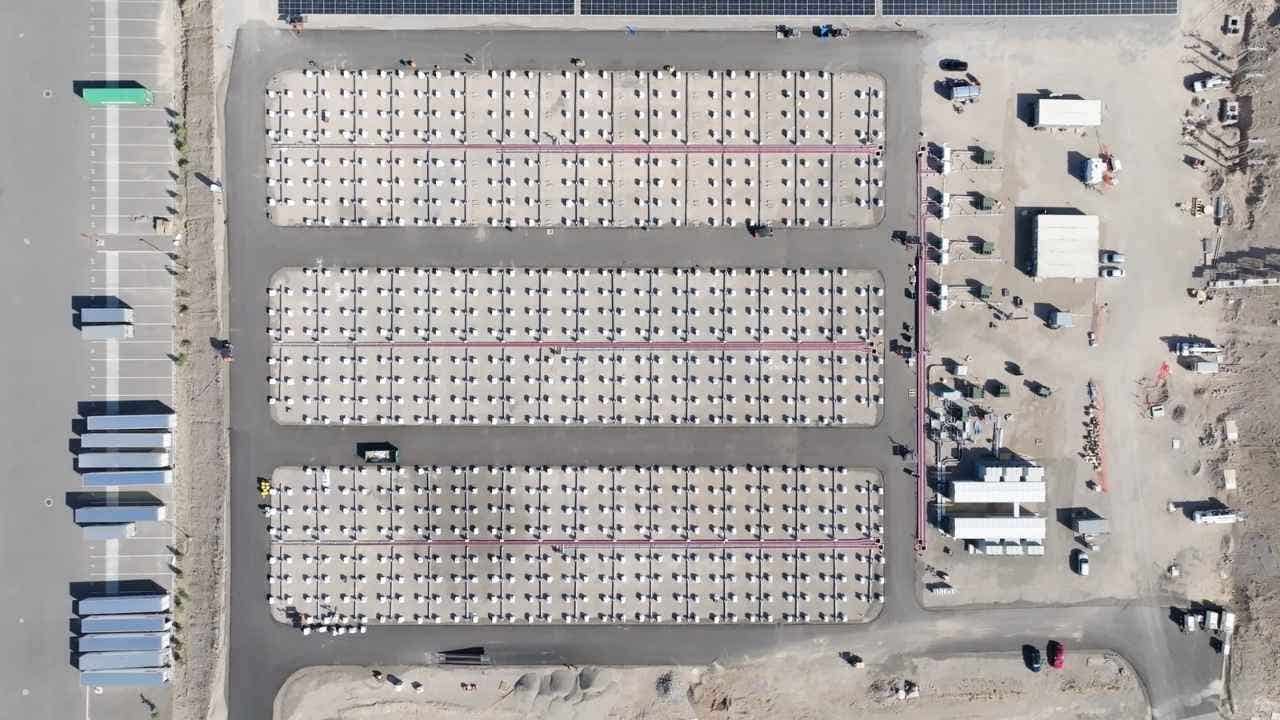No disruptions at Iceland’s largest airport after volcano erupts again near capital
A volcano in southwest Iceland began erupting Monday, the country’s meteorological authorities said, 11 months after the last eruption officially ended.
The eruption is in an uninhabited valley near Mount Litli-Hrutur, about 30 kilometers southwest of the capital Reykjavik.
The area, commonly known as the Fagradalsfjall volcano, has erupted twice in the past two years without causing damage or flight disruptions, despite being near Keflavik Airport, Iceland’s international air traffic hub.
The airport remained open on Monday and no flights were affected.
“The lava fissure looks small at first glance,” television reporter Kristjan Unnarsson, who was aboard a helicopter about an hour after the eruption began Monday afternoon, told viewers.
Authorities urged people not to go to the volcano.
“It’s no small hike,” Kristin Gudmundsdottir, a wildlife risk specialist at the Met Office, told The Associated Press. “We have to wait and see how the eruption develops.”
A 2021 eruption in the same area produced spectacular lava flows for months. Hundreds of thousands of people flocked to witness the spectacular spectacle.
Iceland, which sits above a volcanic hotspot in the North Atlantic, has an eruption every four to five years on average.
The most disruptive in recent times was the 2010 eruption of Eyjafjallajokull volcano, which spewed massive clouds of ash into the atmosphere and led to widespread airspace closures over Europe.
More than 100,000 flights were grounded, stranding millions of international travelers and delaying air traffic for days over concerns the ash could damage jet engines.




